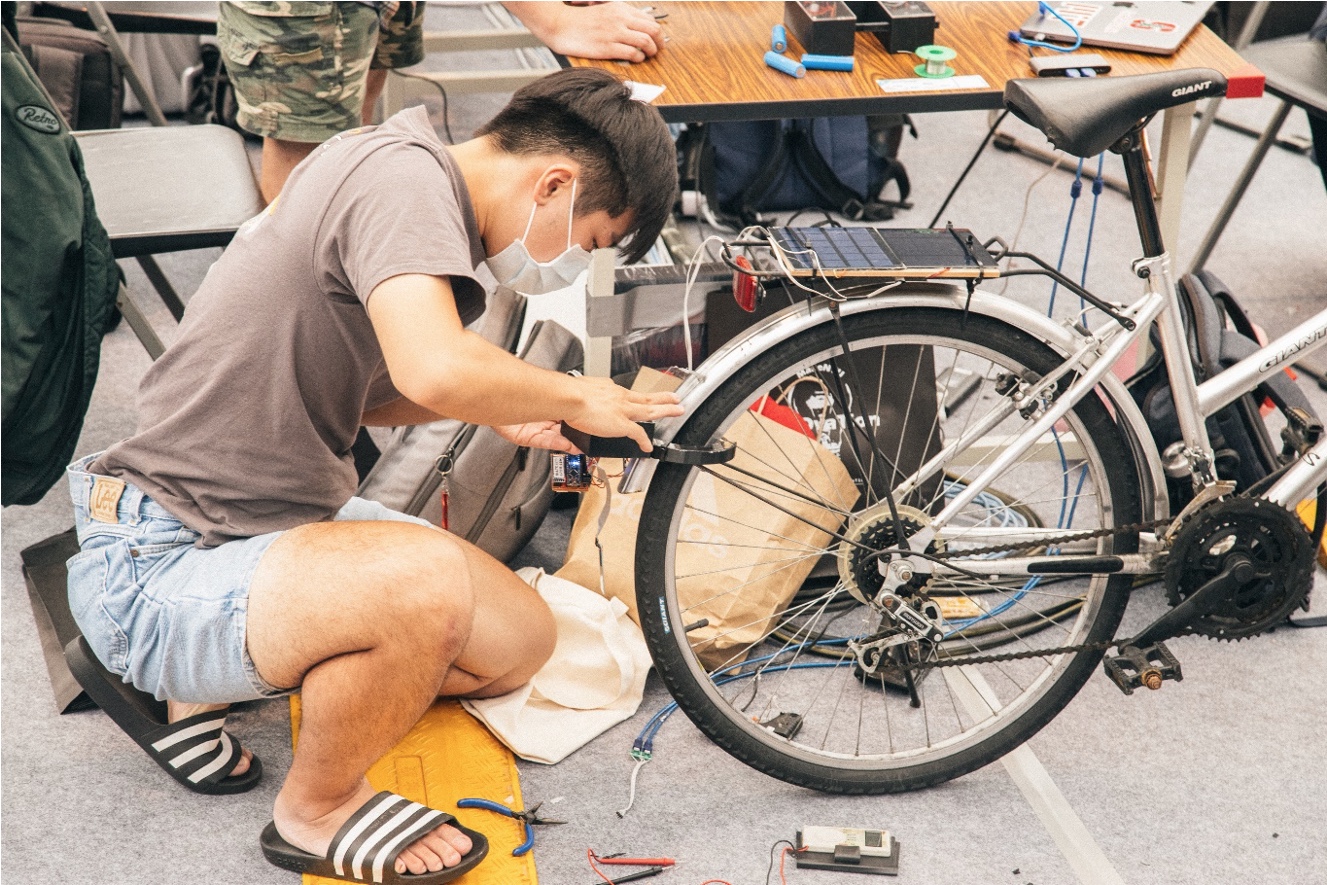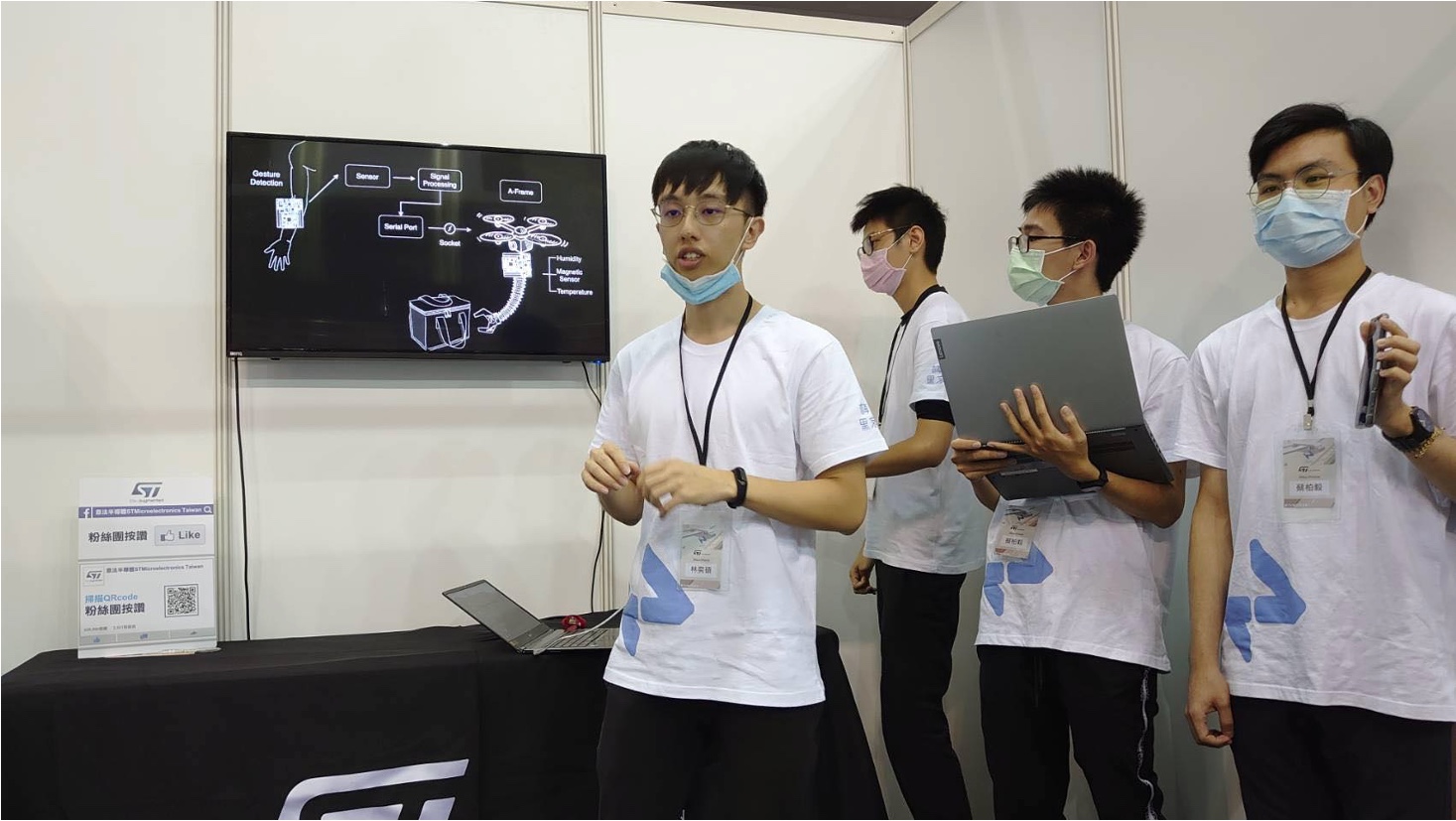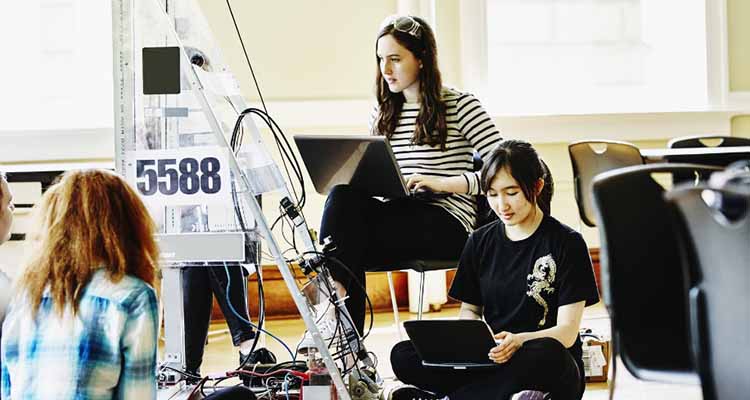How can corporations truly make a positive impact in their local community? It’s a question that economists, thought leaders, and policy-makers wrestle with and answers aren’t always easy. ST’s latest sustainability report enumerates the numerous initiatives we took in 2020. Conferences like the STM32 Summit 2021 also help make new technologies more accessible through workshops, demos, a Hackathon, and more. However, we also learned that being an agent of positive change means more than putting a few trade shows together. Indeed, any hope of significant impact on a community can only stem from concrete and local initiatives. Hence, we decided to delve into the lessons we learned from various projects we took part in Taiwan, hoping that it will encourage others to follow suit.
Lesson 1 on Having a Positive Impact: Work Closely With Local Schools and Universities
For the past six years, ST and the National Taiwan University (NTU) have held MakeNTU, a two-day Hackathon event showcasing projects from students. Too often, businesses don’t see the advantage of working with professors, teachers, or students. However, an important lesson we learned by working with NTU is that education remains one of the best ways to have a positive impact on communities.
For example, we still joined the MakeNTU event in 2020, despite challenges from the global pandemic. We provided workshops, development boards, and support. As a result, students came up with all sorts of projects solving issues the world was experiencing at the time. For instance, one team used an STM32F4 to automatically open doors, thus reducing virus transmission through contacts with hard surfaces. Similarly, another group came up with a facial recognition tool. The team used STM32 MCUs, among other things, to detect whether a person was wearing a mask.

Lesson 2 on Having a Positive Impact: Incentivize Talents
To create meaningful change, organizations must incentivize talents. Engineers are often passionate about what they do, and finding ways to reward this passion meaningfully is critical. Hence, ST joined the Mei-Chu Hackathon organized by the National Tsing Hua University. During the event, we encouraged and enabled contestants to use our tools in unexpected ways. The process may be frightening for some since traditional corporate culture tends to shy away from such events for fear of revealing a bug or a limitation. However, we learned that the benefits far outweigh those risks.
By encouraging unlimited creativity, we saw students develop a robot that shot face masks if it detected a person was not wearing one. The motor control module of the robot used an STM32L4, and its performance impressed the jury. Another project used the same MCU and ST’s X-NUCLEO-IKS01A3 sensor board to improve national infrastructure. The system can fit on a scooter and helps track pollution data. Beyond the simple awards and recognition, students behind the winning projects also receive an invitation to apply for an internship position, further incentivizing their efforts.
Lesson 3 on Having a Positive Impact: Promote the Importance of Meaningful Innovations
While working with academia is fundamental, it is also important to remain practical and intentional. Research, while essential, is sometimes very theoretical. Corporations, therefore, must share their experience to ensure students understand the importance of meaningful innovations. Indeed, only technologies that solve real-world problems can positively impact a community. For instance, NTU chose the theme “Carbon fever” for this year’s MakeNTU. The purpose is to improve the lives of people working from home and also reduce carbon emissions. Similarly, ST is sponsoring a design contest organized by iStuNet, a publishing house for many university textbooks, that aims, among other things, to find solutions for Taiwan’s aging population. Historically, we also rewarded a student project that created a pet robot that calmed anxieties in a previous year, thus raising awareness around mental health.
In conclusion, let’s take a dead-reckoning project that was one of the winners of the last Mei-Chu Hackathon. The system tracked mountain climbers to more easily send out their position to rescue teams despite poor cellular connections. In a nutshell, the system monitored their geolocation thanks to sensors, and it used Bluetooth to send a signal. The ST Blog found this project highly symbolic because it exemplifies what it means to have a positive impact on a community. Indeed, the most important lesson we learned is that technology is here to find and bring people together, especially those still waiting for a solution to improve their lives.
















